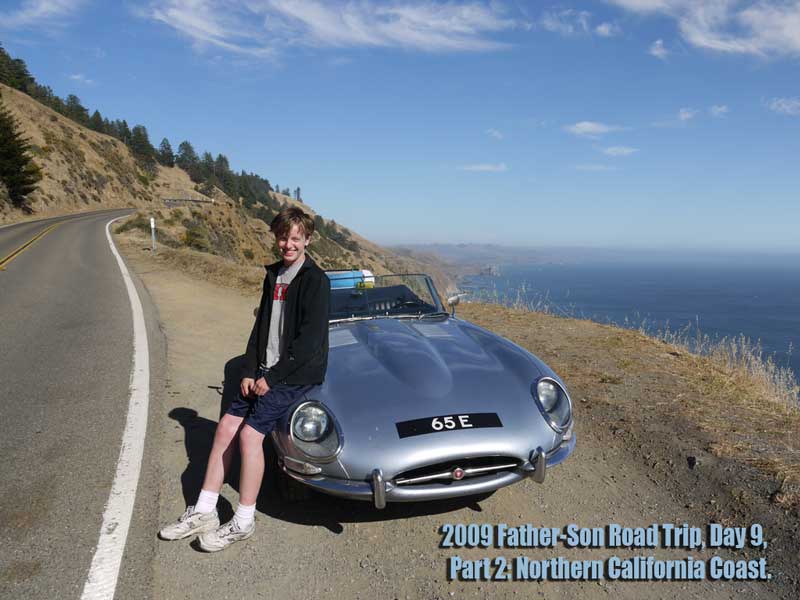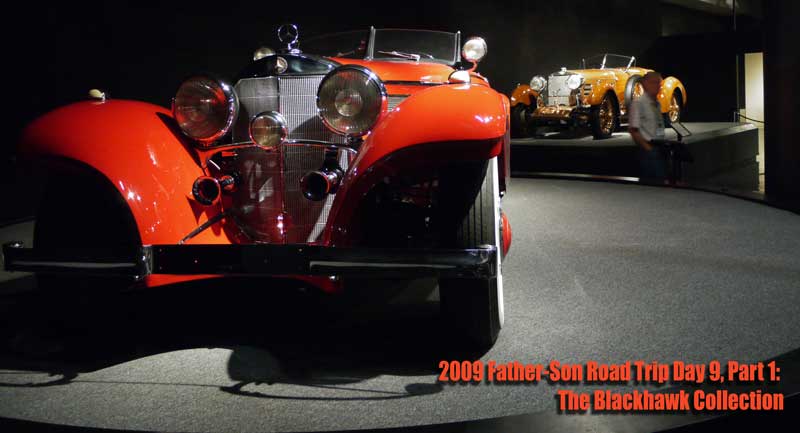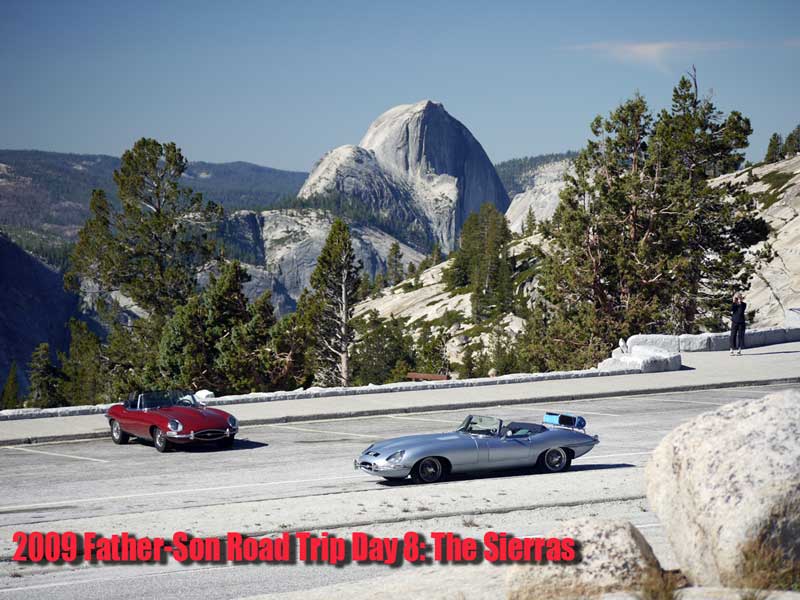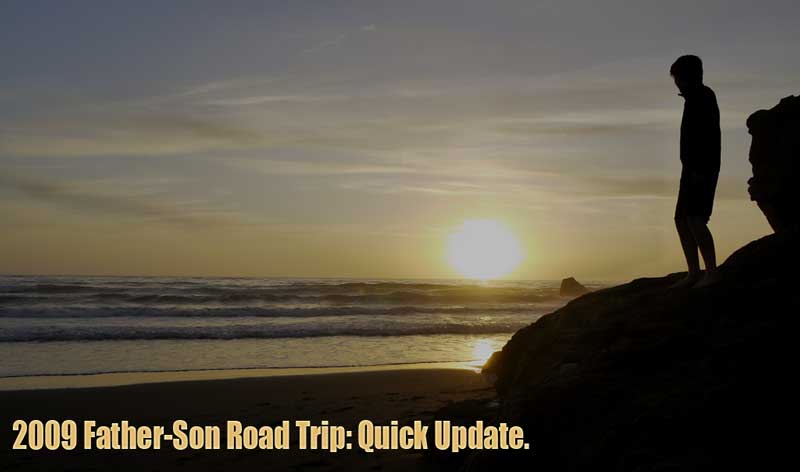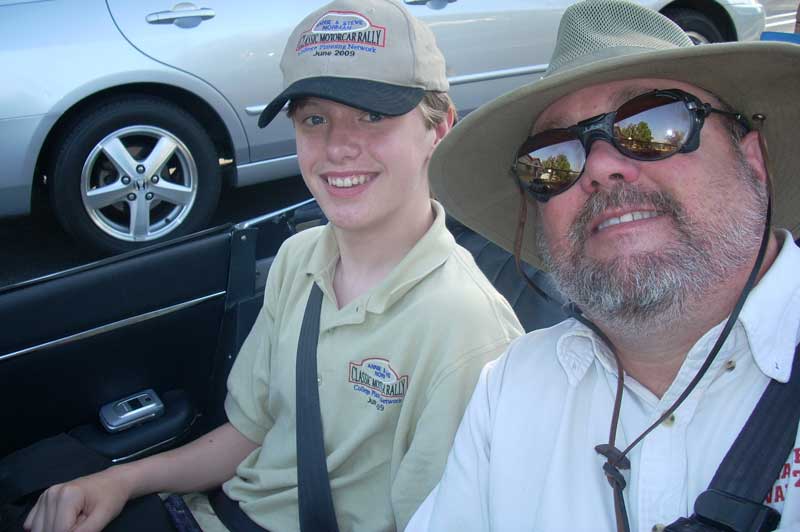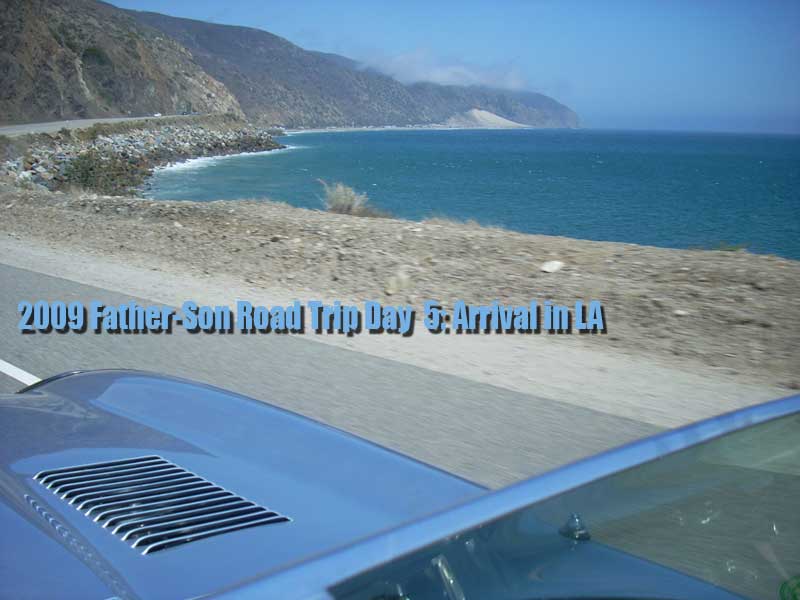I realize I have yet to finish writing the story of our Father-Son Road Trip, but I have a major announcement to make. After a week of hot, difficult work; truly an epic mechanical struggle, I’m happy to share this quick video of the first test-firing of my replacement starter. Now you can all join me in a brief Happy Dance! 😀
Now that this major milestone has been passed, this hurdle has been cleared, I promise I’ll wrap up the story of our road trip as soon as possible.
Happy Dance! Happy Dance! Happy Happy Happy Dance!

